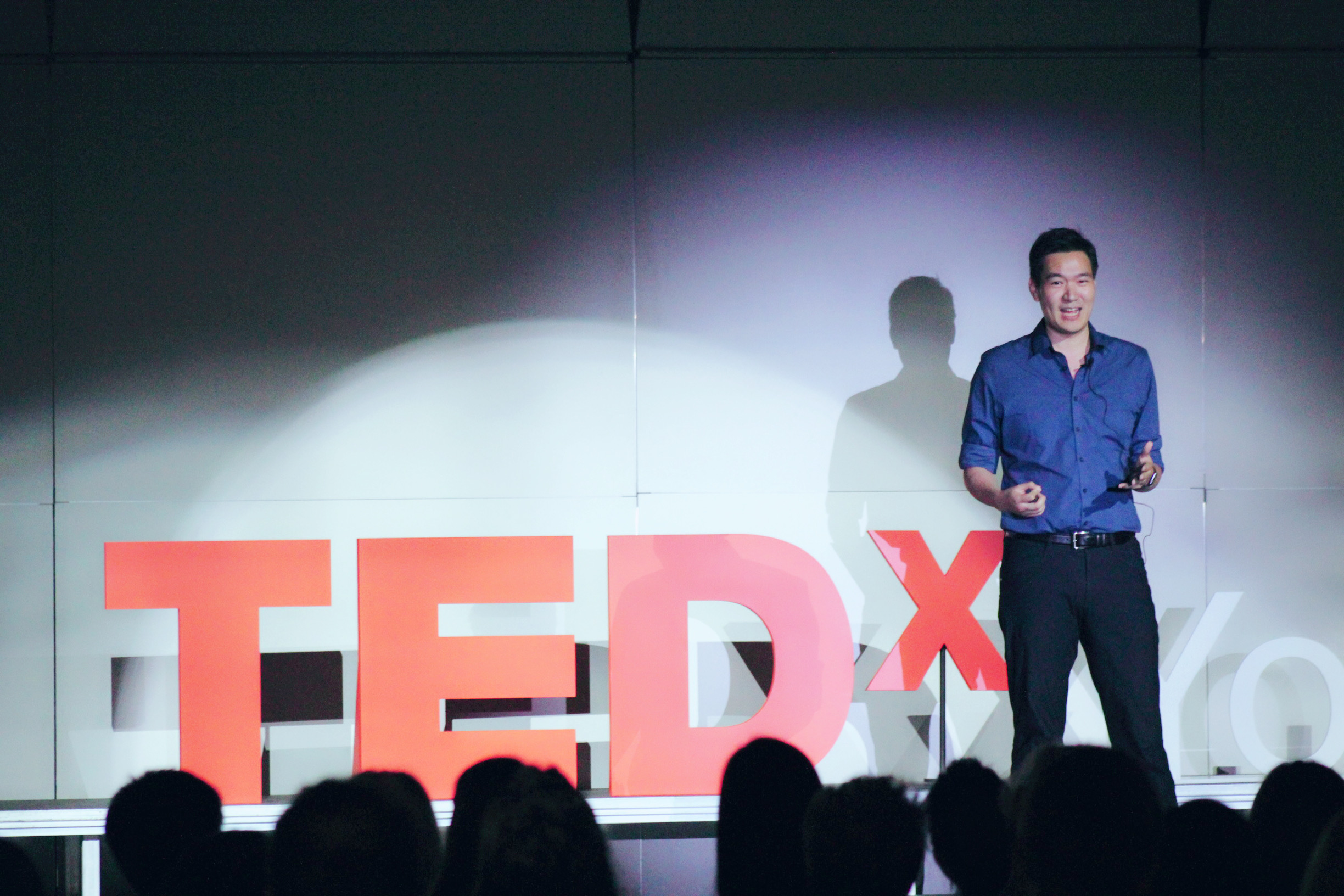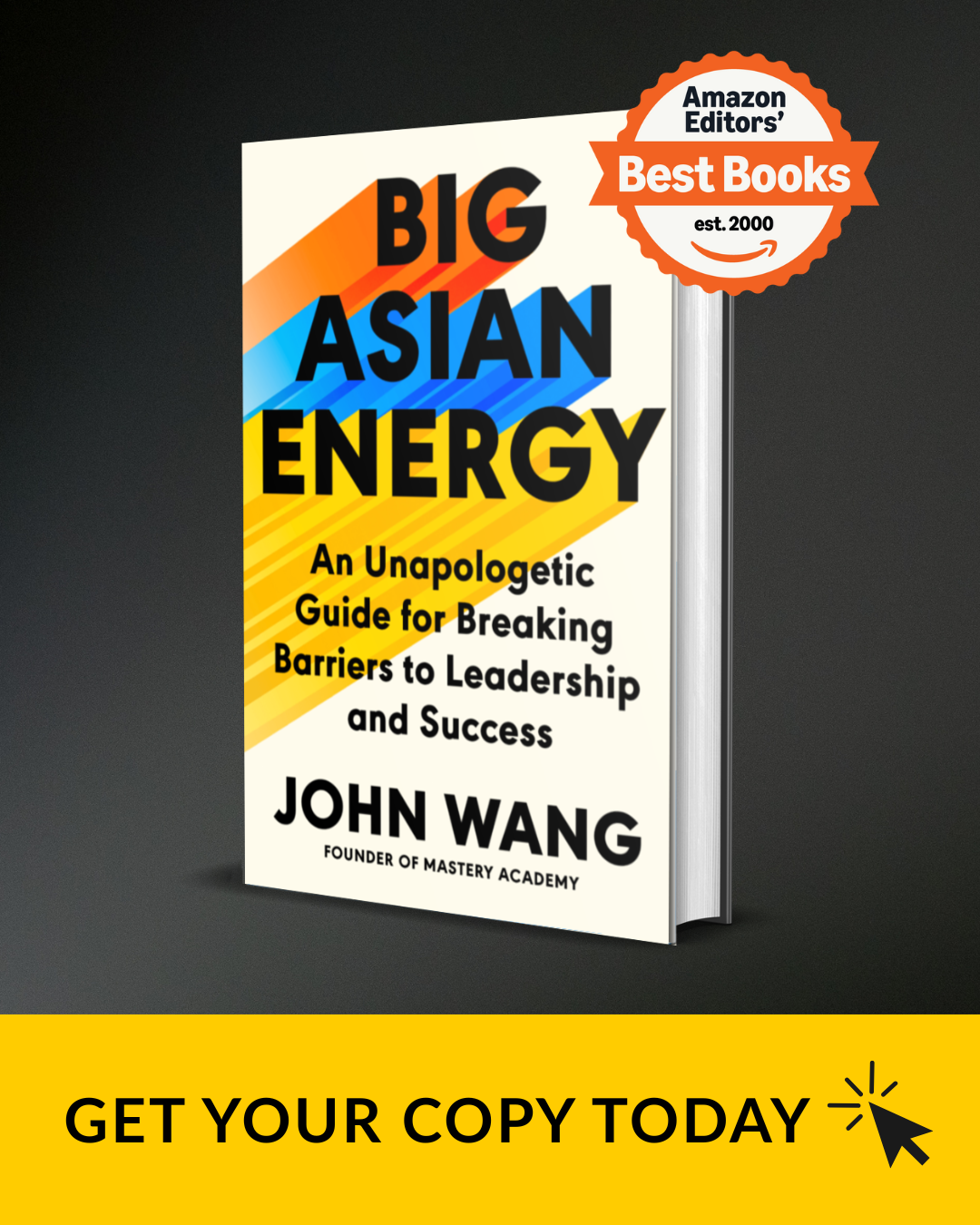The Story Behind Big Asian Energy

Before Big Asian Energy became a book, a podcast, or a movement, it began as a question: why do so many high-achieving Asian professionals still feel unseen, even when they’ve done everything "right"?
I was born in Taipei and moved to North America when I was a shy six-year-old. My parents carried the same dream that many immigrants hold: that through discipline and quiet persistence, a better life can be built. They believed in humility, in keeping your head down, and in earning safety through effort. When I walked into my first classroom overseas, I was one of only two non-white kids in the room. The world moved faster than I could follow. The other children spoke a language I didn’t yet know, but what I understood immediately was tone: laughter, rhythm, the way belonging sounded.

I was a quiet kid. At home, being quiet meant respect. At school, quiet meant not drawing too much attention. Between those two worlds, quiet became a tool I used to adapt. I could sense which version of myself to bring forward and which to hold back. By the time I reached my teens, my quietness taught me to read a room, catch shifts in mood, and mirror what people needed to see. Quiet observation became my second language.
In high school, I started reading books on communication and psychology. I was fascinated by what made people charismatic or confident. I practiced posture, tone, and eye contact in the mirror, and pushed myself to be extroverted and adaptable. I went from being the shy kid to the student who could talk to anyone, the one who seemed comfortable in every environment, and I'd float through different cliques through the school cafeteria, hallways, gymnasiums.
I traded my quiet introversion for an extraverted performance, but the truth is, I was still hiding.
I told myself it was a necessary skill for college admissions, and became the student council VP, publisher of our school newspaper, joined theatre, basketball team, swim team. I was everywhere for everyone— with the Asian kids, I'd emulate their accent and talk about Asian pop. With the white athletic kids I talked hip hop. But I never lingered long enough to get too close to anyone, because my deeper belief was that if anyone got too close, they'd find out I was still just the quiet, socially awkward kid who didn't know who I was.
That was the first version of confidence I built, carefully constructed but fragile underneath.
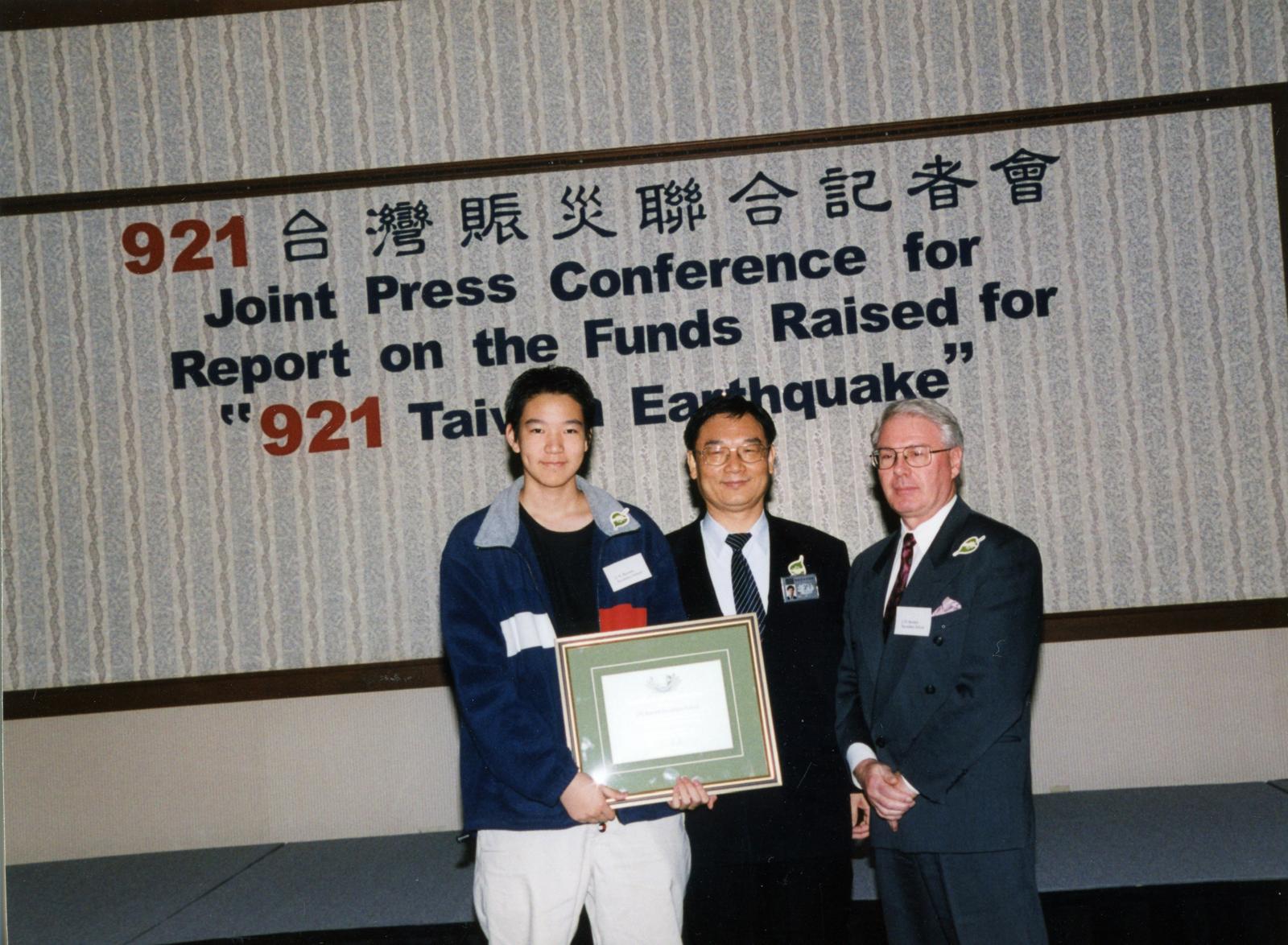
My college experience was largely the same. My parents suggested me three (somewhat stereotypical) options: Doctor, Lawyer, and Engineer. I couldn't handle the sight of blood, and I was terrible at math, so I thought I'd be a lawyer. I studied International Relations and English, continued to work on my writing and communication skills, and fell in love with literature and culture through those lens. I got through law school admissions, and even talked my way into an internship position at a top law firm. But two weeks into reading endless boring documents on corporate mergers, I realized I hated every moment of it— law was never going to be my path.
Without a script, a map, or anyone to guide me to next steps, I suddenly felt lost in the world.
When I was still in university, I attended a conference and met a communications trainer. He was confident in a way that felt effortless and he became my first mentor. We began working together, running events that helped people improve their speaking skills and presence. Through him, I was introduced to Neuro-Linguistic Programming, or NLP, which taught me how to use visualization, language, and internal dialogue to change emotional states. I saw immediate results, both in myself and in others. It was fascinating to watch how a shift in thinking could alter how differently we could feel.
I began running seminars with him, helping others build confidence and improve communication. People left those sessions transformed, and for a while I believed that was the answer. Confidence, I thought, could be learned through performance. But over time something felt incomplete. I noticed that many students could apply the tools for a few weeks but then fall back into the same doubts, or they'd seem confident but there was always a vibe of insecurity underneath. The techniques worked in the moment but did not always last. I started wondering whether confidence built from the outside could ever reach the inside.
After that chapter, I moved into the corporate world. I joined a cross-cultural market research firm and worked with brands like Mercedes-Benz, MasterCard, and UNICEF, helping them better understand Asian markets. It was an education in human behavior at scale. I sat in meetings where teams debated messaging and cultural nuance and realized how deeply our values shape how we speak and listen.
Western colleagues talked about leadership as self-expression, about owning your voice and taking initiative. The Asian audiences we studied valued respect, subtlety, and harmony. The gap wasn’t just linguistic; it was philosophical. It showed me how two groups could speak the same language yet operate on entirely different assumptions about what confidence and success mean. That insight changed how I saw both culture and myself.
Eventually I left corporate life to build something of my own. I started a boutique education academy in Vancouver to help Asian students build communication and life skills, the kind of skills I wished I’d learned earlier, with the help of my sister. It began as a handful of weekend workshops and grew into one of the city’s most sought-after boutique programs. Within a few years, I had a two-year waitlist. My students went on to top schools like Harvard and Yale and eventually into major companies such as Microsoft and Facebook.
At first, the success was everything I had hoped for. But as my former students began returning years later, I noticed something unexpected. They were no longer asking for tutoring or test prep; they wanted coaching. They wanted to understand why, despite their achievements, they still felt small in the room. Some said they struggled to speak up in meetings. Others said they were overlooked for promotions or had to prove their worth twice over. The challenges they described were familiar. I recognized the same patterns in myself, the same need to prove, the same pressure to meet expectations that were never fully defined.
That realization shifted my work completely. I began to see that many of us grow up learning how to succeed but not how to be seen.
We are taught to perfect our output but not to value our voice. What begins as cultural virtue can quietly turn into self-silencing.
To help my students and to understand myself more deeply, I began studying new modalities. I trained in Cognitive Behavioral Coaching to explore how beliefs shape thought and action. I became certified in Integral Coaching, which sees personal growth as a whole-system process involving mind, body, and context. Later, I trained with IFSCA in Internal Family Systems, a framework that explores the different parts of the self and I started labeling the most common ones that I'd meet: the achiever, the fixer, the chameleon, and how they each try to protect us in their own way.
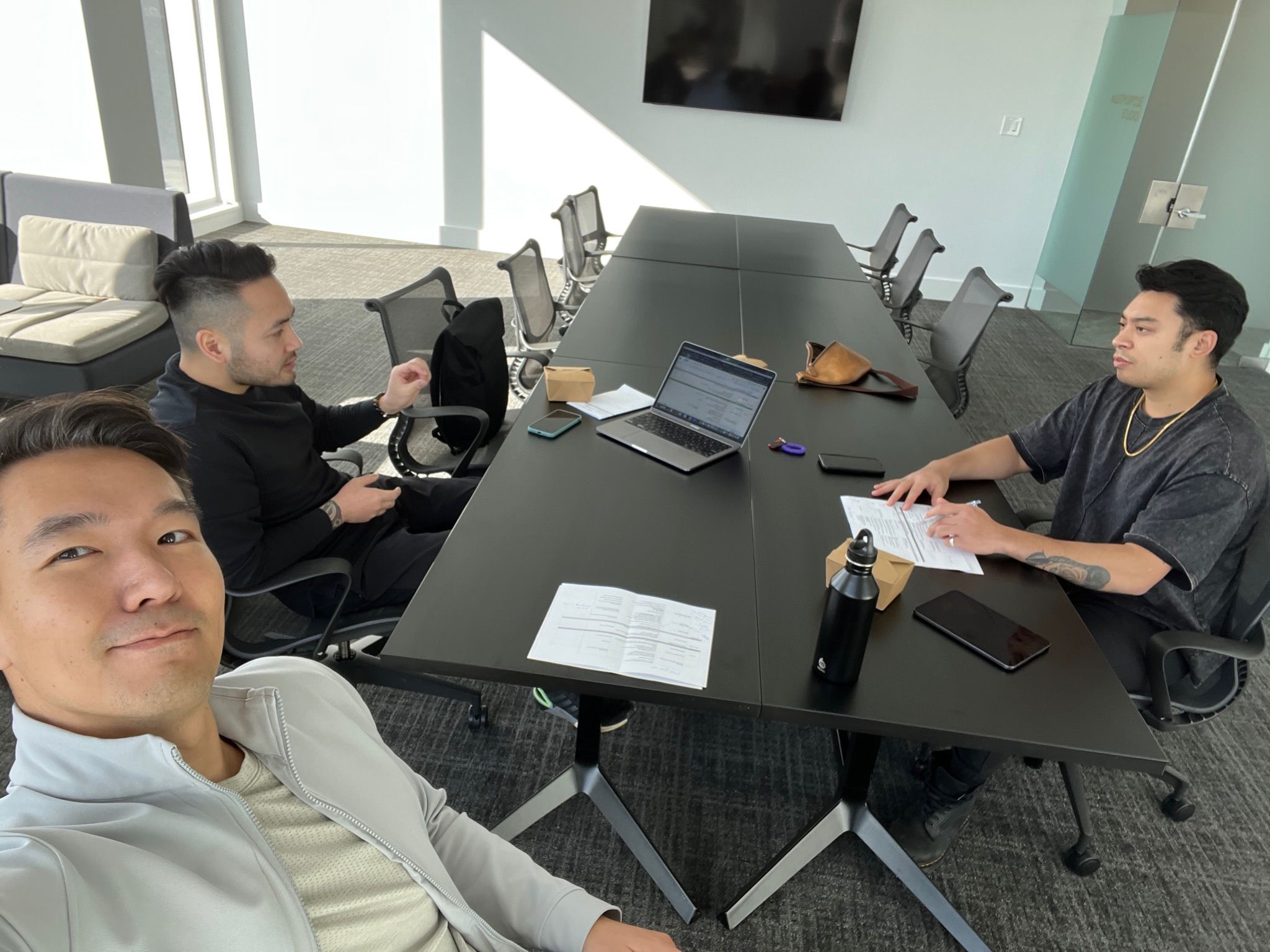
Ironically, as my coaching practice expanded, I found myself running on empty. I was helping others find alignment while ignoring my own imbalance. My business was thriving, but I was pushing through exhaustion, treating rest as a luxury. Then, during one event, everything caught up with me. I was on stage teaching about performance and confidence when I felt a stabbing pain in my stomach. I finished the talk, smiled for the audience, and then collapsed backstage.
Doctors later told me I had severe ulcers caused by chronic stress.
That incident forced me to stop completely. My body had been communicating what my mind refused to hear. The collapse marked the end of one chapter of my life and the start of another.
Recovery was slow. During that time, I committed to understanding what genuine well-being meant. I went to therapy, began meditation, and explored somatic practices that helped me reconnect with my body instead of overriding it. For years, I had been teaching others how to perform confidence. Now, I wanted to understand what it meant to feel it.

Through this process, I discovered how deeply ingrained the Achiever Treadmill had been in my life, the belief that if I could just do more, earn more, or become more, I would finally feel enough. But there was no finish line. Every success only reset the bar higher.
I started recognizing this pattern everywhere, in my clients, my peers, and my community. Especially among Asian professionals, I saw how the lessons we inherited about respect and restraint often turned into patterns of self-doubt. We were taught not to speak unless we could guarantee perfection. We learned to take pride in endurance, even when it came at the cost of our true voice. What was once survival became self-limiting.
As I worked with more clients, I began to focus less on fixing behavior and more on understanding our internal conditioning. I noticed that people didn’t need more confidence tips; they needed permission to be themselves. When we stopped trying to perform and began aligning inner truth with outer expression, something fundamental shifted.
In the quiet one-on-one coaching sessions, I realized so many patterns— people pleasing, self-minimizing, validation-seeking, permission-seeking behaviors, were all just learned protective measures that at some point kept us safe and productive.
And that, in order to become our best self— our TRUE self— we needed to identify when those patterns were no longer helping us, and unlearn the conditioning we may have picked up along the way.
Each approach deepened my understanding of what real transformation looks like. It is not about adding more strategies or tools. It is about integrating what is already there, understanding how the parts of us that once helped us survive can also hold us back.
That was when I started building what would become my core framework, integrating the inner work of emotional healing with the outer work of communication and leadership. The inner work involves recognizing how early experiences, culture, and protective patterns shape our behavior. The outer work focuses on practical tools, how we speak, how we lead, how we connect. When those two align, confidence becomes a natural outcome rather than a forced state.
The results were immediate. Clients who had struggled to speak up began leading meetings with clarity. Others who had been burned out rediscovered purpose by leading from authenticity instead of pressure. These were not personality makeovers; they were realignments, moments when people finally stopped performing and started expressing who they truly were.
Over time, I realized that transformation is amplified in community. I began facilitating workshops and retreats where people could learn not just intellectually but experientially. I saw that growth happens faster when people witness one another doing the work. There is something powerful about being seen without judgment.
I eventually started an Asian Men’s Group, a space for men to talk about family, relationships, and identity, topics that often go unspoken in our culture. These conversations were honest and sometimes raw. Many of us had spent our lives suppressing emotion in the name of composure. Here, we were learning to redefine strength, not as control but as openness.

In every setting, retreats, workshops, one-on-one sessions, the goal became the same: to help people integrate what they already know internally with how they show up externally. It is not about becoming someone new. It is about remembering who you were before the world told you who to be.
My work now spans leadership coaching, organizational speaking, and writing. I wrote Big Asian Energy to explore how cultural identity shapes confidence, communication, and presence. The message resonated widely because it wasn’t just about Asians or immigrants. It was about the universal experience of reconciling internal truth with external expectation.

Over the years, my definition of leadership has changed. I used to see it as influence, the ability to move others. Now I see it as integration, the ability to move yourself. Leadership starts when you take responsibility for your inner world, when you stop outsourcing worth and start building from self-trust.
That is what I mean by self-leadership. It is the process of guiding yourself out of self-diminishment and into self-permission. It is what allows you to lead others without losing yourself in the process.
When I look back now, the threads started to connect. The silence of my childhood taught me to listen. The performance of my twenties taught me presence. The collapse of my thirties taught me compassion. The integration that followed taught me wholeness.
I have spent much of my career helping others bridge the same distance I once felt, between belonging and authenticity, between cultural values and personal voice, between outer achievement and inner peace.
Today, when I work with leaders of Fortune 500's, multi-millionaire entrepreneurs, creators with hundreds of thousands of followers— I realized we're all the same. The goal isn’t perfection. It is alignment. We explore how to release inherited patterns of self-silencing and how to step into leadership that feels natural and sustainable.
I often think back to that six-year-old version of me, the boy who didn’t know the language and sat quietly trying to make sense of the world. I used to think he was shy. Now I see that he was observant. He was paying attention, learning how people communicate not just through words but through energy, posture, and presence. He was preparing for the work I do now.
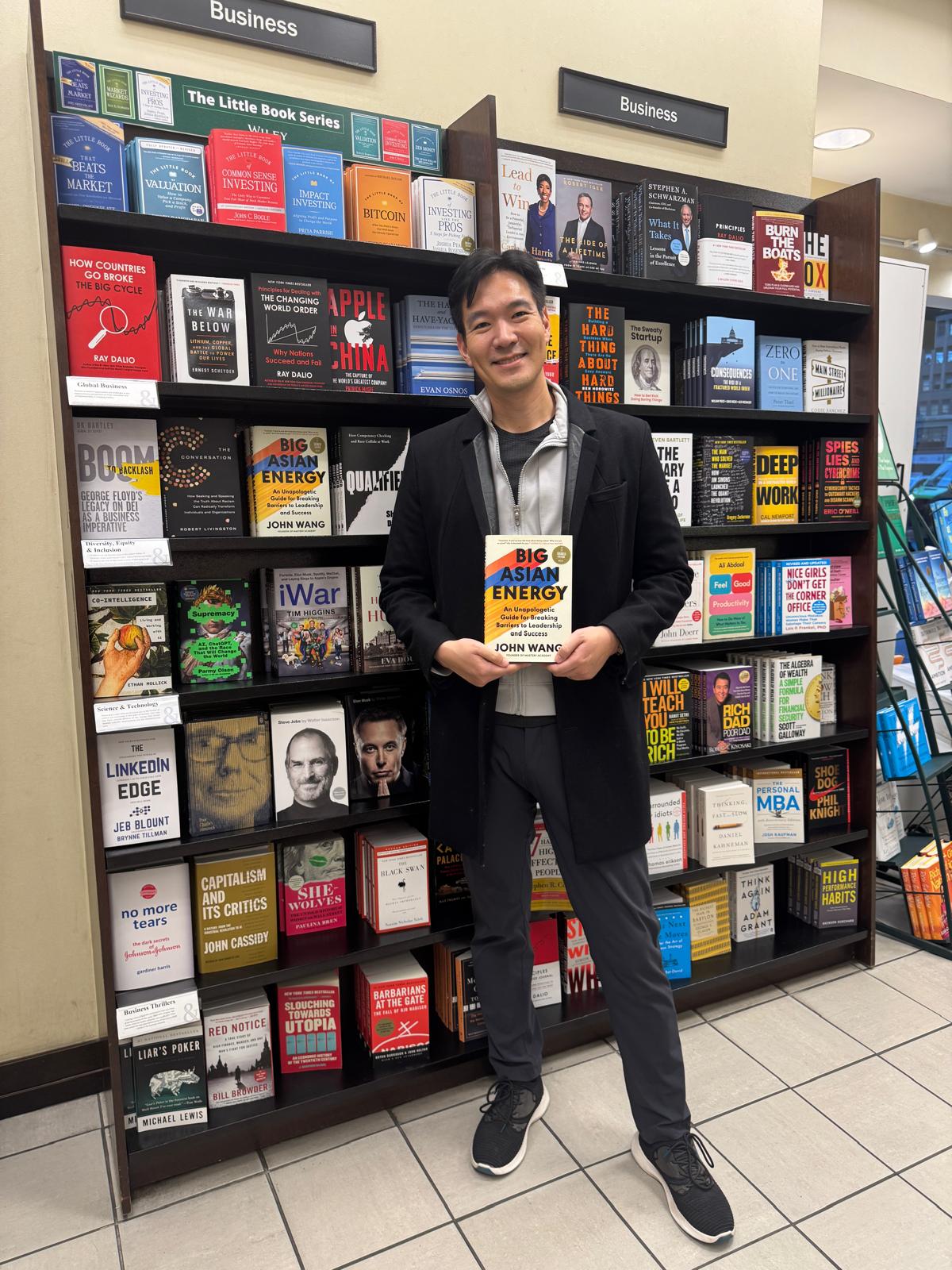
And that, in many ways, is what my work continues to be: helping people reconnect with the parts of themselves that have always been there, waiting to be heard.
When I look back now, I see that Big Asian Energy was never just a title. It was the question I’d been answering my entire life: how do we honor where we come from without losing who we’re becoming? Every chapter—from silence to self-leadership—was part of that answer. What began as a personal search for belonging has grown into a movement about reclaiming visibility, confidence, and authenticity.
Because the real work of leadership isn’t about becoming louder; it’s about becoming whole.
— John Wang, Author and Founder of Big Asian Energy
PS. If my story resonates with you, if you’ve ever felt unseen despite doing everything "right", this is the work I now dedicate my life to. I help leaders, teams, and communities bridge the gap between outer success and inner alignment. You can explore my book Big Asian Energy, tune into the podcast, or connect with me directly for coaching, workshops, or speaking engagements that center on authenticity, confidence, and culturally informed leadership.
WANT BIG ASIAN UPDATES?
Join our mailing list to receive the latest blogs, podcasts, and special offers sent straight to your inbox.
We hate SPAM. We will never sell your information, for any reason.

